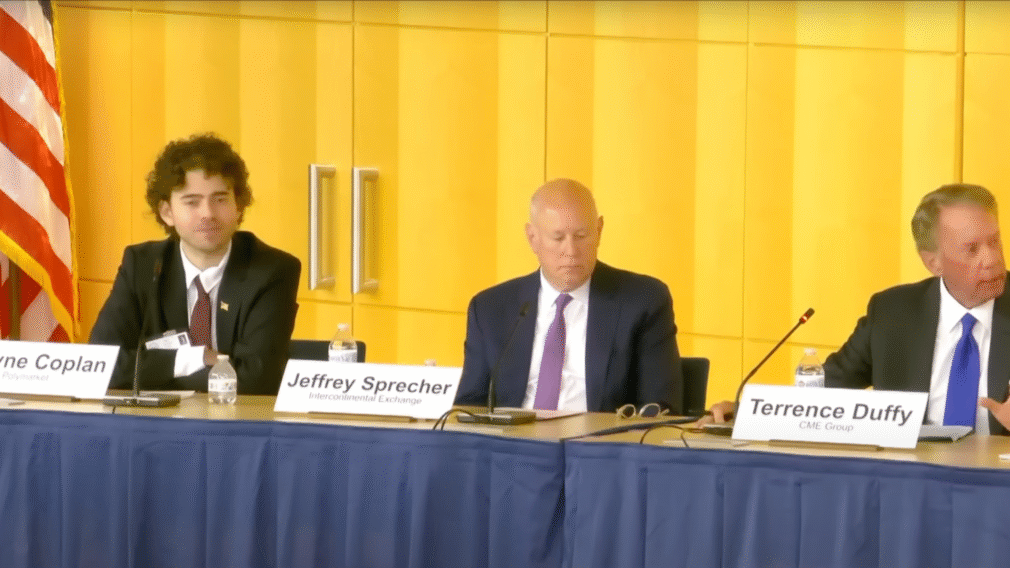SEC and CFTC Stage Joint Roundtable on Regulatory Harmonization
In a rare show of inter-agency unity, the U.S. Securities and Exchange Commission (SEC) and the Commodity Futures Trading Commission (CFTC) hosted a joint roundtable to focus on how the two market regulators can coordinate their rules and avoid leaving gaps for fast-moving products such as crypto assets, perpetual futures, and 24/7 trading.

Crypto Takes Center Stage
SEC Chair Paul S. Atkins and Acting CFTC Chair Caroline Pham opened the session together, calling the meeting “a turning point for U.S. markets.” Pham said it was the first joint SEC–CFTC roundtable since the post-Dodd-Frank era. “We’re here to synchronize, not merge,” Atkins told reporters after the event, making clear the goal was to align rulebooks rather than reorganize agencies.
Atkins called crypto “job No. 1 right now” for the regulators. Both agencies are running parallel initiatives — the SEC’s Project Crypto and the CFTC’s Crypto Sprint — and Congress is weighing legislation that would give the CFTC a larger slice of digital-asset oversight. “We just want to make sure the rule books are in sync so there’s no risk of arbitrage between the two systems,” Atkins said.
Prediction Markets and New Guard Voices
The panel drew CEOs from the fast-growing prediction-market space — Tarek Mansour of Kalshi and Shayne Coplan of Polymarket — alongside executives from traditional exchanges like Terrence Duffy of CME Group and Craig Donohue of Cboe.
Their presence signaled how far once-outsider platforms have come in gaining regulatory attention, even though the most controversial sports-event contracts were only lightly touched on during the discussion.
Mansour said it was “inspiring to see how far we’ve come, with regulators wanting to host us here.” Coplan warned that rigid rules can “drive innovation offshore,” stressing the need for U.S. frameworks that accept new technology rather than wait years for it to mature.
Level Playing Field vs. Innovation Exemption
One of the liveliest debates centered on whether new entrants should get special flexibility. Mansour backed a “level playing field” across old and new platforms. Duffy of CME pushed back on the idea of an “innovation exemption,” saying: “You can’t have double standards. Many of these products are the same things traded today under a different name and in a different regulatory regime.”
The self-certification process at CFTC — which lets exchanges list new markets unless the agency objects — also drew scrutiny. Duffy reminded participants that “self-certification is not approval,” while newer firms argued it’s vital to scaling innovative markets.
Looking Ahead
Both chairs framed the roundtable as the start of an ongoing process to “unlock economic value for platforms while protecting investors.” Staff from both agencies, including Ileana Ciobanu, Phil Raimondi, Taylor Asher (SEC) and Abigail Knauff (CFTC), helped organize the event, which also featured former commissioners offering historical context.
For Atkins and Pham, the session was about moving past turf battles. “If we repeat the mistakes of our predecessors, we risk losing leadership in the next chapter of financial history,” Atkins warned. The consensus at the end of the day: harmonization, not fragmentation, is the path forward for U.S. markets.
Recommended
